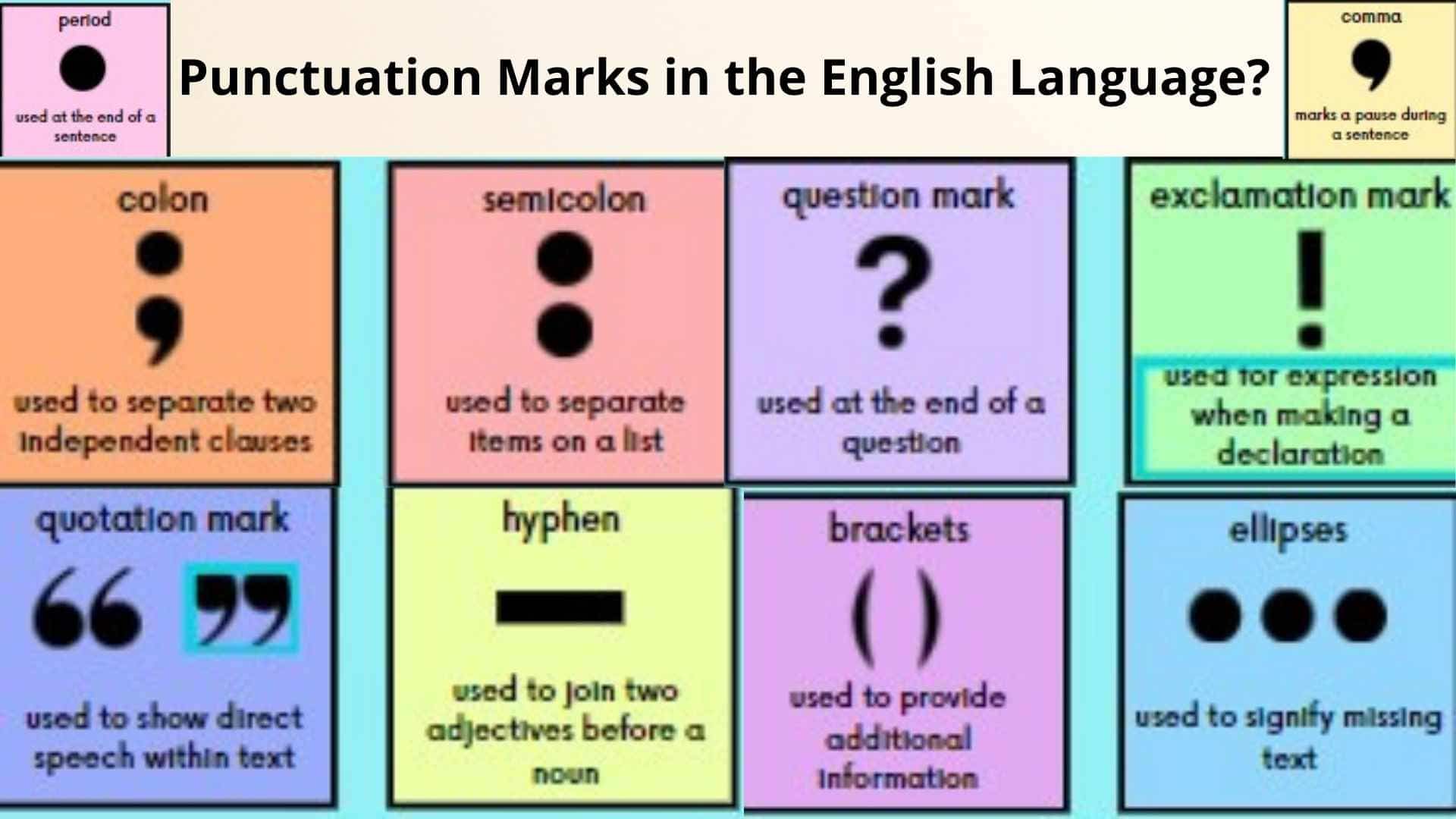
Punctuation marks are an important part of written language. They help to clarify the meaning of sentences and make them easier to read. There are many different punctuation marks in the English language, but some of them are more common than others. In this blog post, we will discuss the six most common punctuation marks and how they can be used to improve your writing.
Table of Contents
When Should You Use Punctuation Marks?
Punctuation marks can be used in various ways. The most common use of punctuation marks is to separate parts of sentences, such as clauses and phrases. Punctuation marks can also be used to indicate pauses or emphasize certain words or phrases.
How Can Punctuation Marks Improve Your Writing?
Punctuation marks can be very helpful in improving your writing. If you are unsure about how to use punctuation marks, consult a grammar or style guide. Paying attention to punctuation can help you to make your writing more clear and easy to read.
What Are the Most Common Punctuation Marks?
Punctuation marks are an important part of written language and can be very helpful in clarifying the meaning of sentences. If you are unsure about how to use punctuation marks, it is a good idea to consult a grammar or style guide.
The six most common punctuation marks in English are the period, the question mark, the exclamation point, the comma, the semicolon, and the apostrophe. The six most common punctuation marks in the English language are:
The Period.
The period, also known as the full stop, is one of the most common punctuation marks in English. It is used to indicate the end of a sentence. The period can also be used to indicate abbreviations, such as Mr. and Mrs.
When using the period at the end of a sentence, it is important to make sure that the sentence is complete and makes sense. If you are unsure about whether or not your sentence is complete, try reading it aloud. If you need to take a breath before the end of the sentence, then it is probably not complete.
The Question Mark.
The question mark is used to indicate a question. It is usually placed at the end of a question.
When using the question mark, make sure that your sentence sounds like a question. If you are unsure about whether or not your sentence is a question, try reading it aloud. If you do not hear your voice rising at the end of the sentence, then it is probably not a question.
The Exclamation Point.
The exclamation point is used to show strong feelings or emphasize a statement. It can be used at the end of an exclamation, such as “Wow!” or “No way!”
When using the exclamation point, be careful not to overuse it. Using too many exclamation points can make your writing seem unprofessional or juvenile.
The Comma.
The comma is a very versatile punctuation mark and can be used in several different ways. It is most commonly used to separate parts of a sentence, such as clauses and phrases. It can also be used to indicate pauses or to list items.
When using the comma, be sure to use it correctly. Incorrect use of the comma can change the meaning of a sentence, so it is important to be careful. If you are unsure about whether or not to use a comma, consult a grammar or style guide.
The Semicolon.
The semicolon is used to join two closely related sentences. It can be used in place of a period, but it indicates a stronger connection between the two sentences.
When using the semicolon, be sure to use it correctly. Incorrect use of the semicolon can change the meaning of a sentence, so it is important to be careful. If you are unsure about whether or not to use a semicolon, consult a grammar or style guide.
The Apostrophe.
The apostrophe is used to indicate possession or to create contractions. It is also used to form plural words that end in “s.”
When using the apostrophe, be sure to use it correctly. Incorrect use of the apostrophe can change the meaning of a word, so it is important to be careful. If you are unsure about whether or not to use an apostrophe, consult a grammar or style guide.
In Closing.
Punctuation marks are an important part of written language. They can be very helpful in clarifying the meaning of sentences and making them easier to read. Be sure to use punctuation marks correctly to avoid confusion or changing the meaning of your sentence. If you are unsure about how to use a punctuation mark, consult a grammar, style guide, or word counter platform.
Do you have any questions about punctuation marks? Let us know in the comments below. And be sure to check out our other blog posts for more tips on writing and grammar. Happy writing!
Visit for more best articles